Transform Your Outdoor Space with Hardscaping: Benefits, Trends, and Sustainability
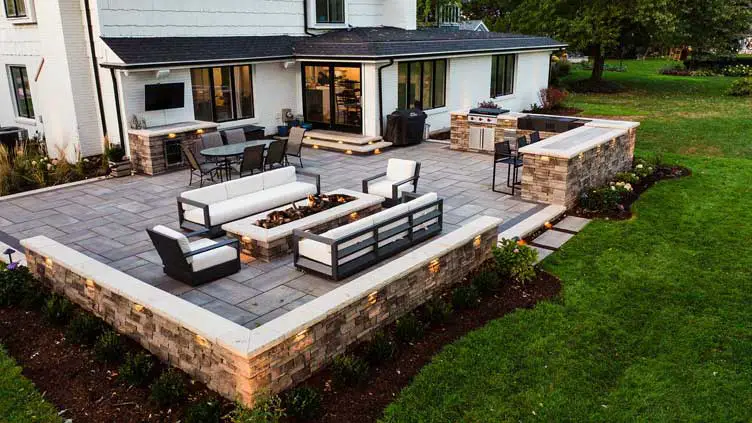
As more and more homeowners seek to create outdoor living spaces, hardscaping has become an essential element of landscape design. Hardscaping involves the use of non-living materials such as stones, bricks, pavers, and concrete to create functional and visually appealing outdoor spaces. From walkways and patios to retaining walls and fire pits, hardscaping features can enhance the functionality, beauty, and value of any outdoor living space. In this article, we will discuss the benefits of hardscaping, its role in home landscaping design, the latest trends in hardscaping materials and styles, the importance of proper maintenance for hardscaping features, and the environmental impact of hardscaping and sustainable alternatives.
The Benefits of Hardscaping for Outdoor Living Spaces
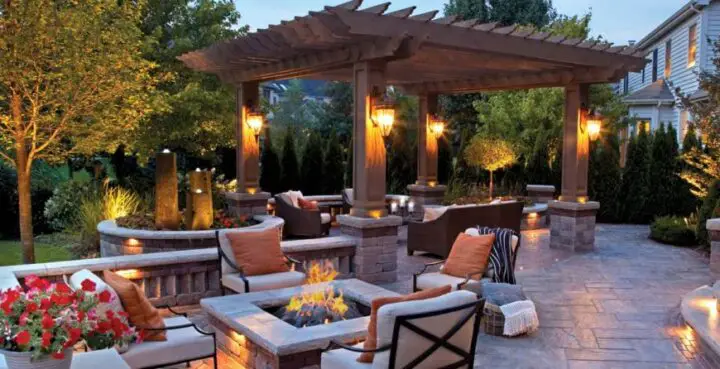
Hardscaping features can bring a wide range of benefits to outdoor living spaces. One of the most significant benefits is the increased functionality of the space. Hardscaping features such as patios, walkways, and fire pits can create defined areas for relaxation, entertainment, and outdoor cooking.
A fire pit provides an ideal opportunity to enjoy the moments with friends and family, and neighbors. In summer evenings planning with your loved one, it looks more delightful. For a perfect selection of fire pits take a look at the options available on Amazon, Click here to find the perfect fire pit for your outdoor space that enriches your lifestyle and fosters memorable experiences.
By adding these features, homeowners can make the most of their outdoor space and extend their living space beyond the walls of their home.
In addition to increasing functionality, hardscaping features can also enhance the beauty and value of outdoor living spaces. Well-designed hardscaping features can add texture, color, and contrast to the landscape, creating a visually appealing and harmonious space. These features can also increase the value of a home by creating additional living space and enhancing its curb appeal.
The Role of Hardscaping in Home Landscaping Design
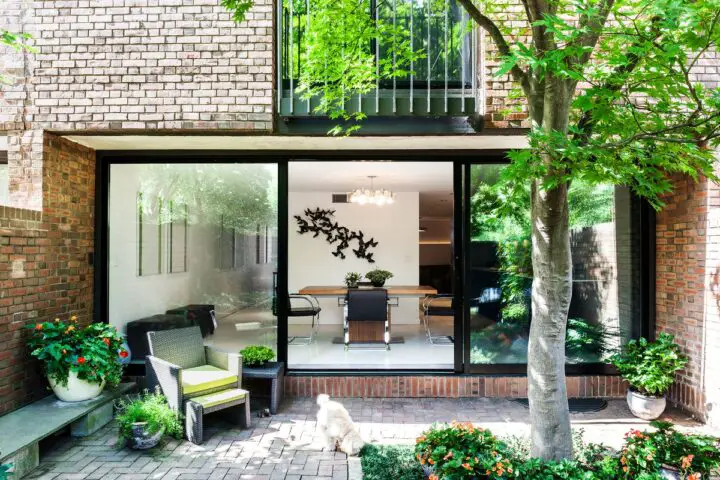
Hardscaping plays a crucial role in home landscaping design by providing the backbone of the outdoor living space. Unlike plants and other living elements, hardscaping features provide structure and permanence to the landscape. They can define the space, create visual interest, and add functionality.
Hardscaping features can be used to create a range of outdoor living spaces, from intimate courtyards to expansive patios. They can also be used to create transitions between different areas of the landscape, such as walkways that lead from the house to the pool area.
The Latest Trends in Hardscaping Materials and Styles
As hardscaping continues to grow in popularity, new materials and styles are emerging to meet the demand. One of the latest trends in hardscaping is the use of natural stone. Natural stone, such as flagstone and bluestone, can create a beautiful and timeless look in outdoor living spaces. These materials are durable, easy to maintain, and can be used to create a range of hardscaping features, from patios and walkways to retaining walls and fire pits.
Another trend in hardscaping is the use of concrete pavers. Concrete pavers come in a wide range of shapes, sizes, and colors, making them a versatile option for outdoor living spaces. They can be used to create everything from simple walkways to elaborate patios and can be designed to mimic the look of natural stone.
The Importance of Proper Maintenance for Hardscaping Features
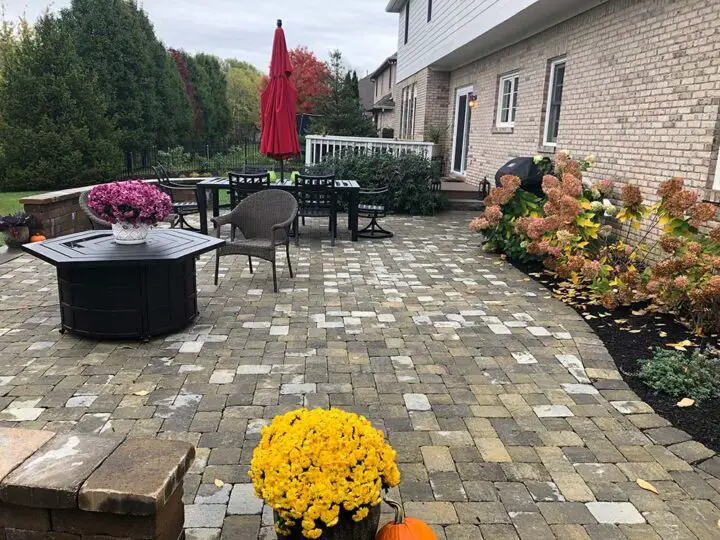
Proper maintenance is essential to keep hardscaping features looking their best and functioning correctly. Regular cleaning can help prevent the buildup of dirt, debris, and stains that can detract from the beauty of the hardscaping features. Sealing hardscaping features can also help protect them from weathering and water damage.
Regular inspections are also critical to identifying and addressing any issues with hardscaping features. Cracks, settling, and other types of damage can occur over time, and addressing them promptly can prevent further damage and ensure the longevity of the hardscaping features.
The Environmental Impact of Hardscaping and Sustainable Alternatives
While hardscaping features can bring many benefits to outdoor living spaces, they can also have an impact on the environment. The use of non-living materials such as concrete and bricks can contribute to urban heat islands, which can increase temperatures in urban areas and impact the local ecosystem. Hardscaping features can also contribute to stormwater runoff, which can lead to water pollution and erosion.
Fortunately, there are sustainable alternatives to traditional hardscaping materials. Permeable pavers, for example, allow water to filter through the surface and into the ground, reducing stormwater runoff and replenishing the groundwater. Additionally, using reclaimed materials such as recycled bricks and stones can reduce the environmental impact of hardscaping while creating a unique and visually appealing outdoor space.
Choosing a reputable and experienced hardscaping company
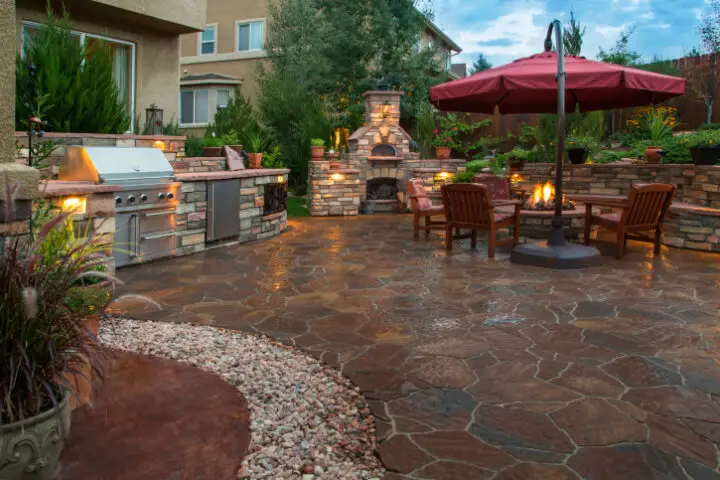
When it comes to hardscaping, choosing a reputable and experienced company is essential for ensuring the highest quality and longevity of the features. Bayside Pavers , with over 25 years of experience, specializes in designing and installing hardscaping features for both residential and commercial properties. They have built a reputation for excellence in the hardscaping industry, offering a wide range of services such as designing and installing patios, walkways, driveways, retaining walls, fire pits, and more. Bayside Pavers uses a variety of materials, including natural stone, concrete pavers, and permeable pavers, to create functional and visually appealing outdoor living spaces. Additionally, they emphasize sustainability and environmental responsibility, offering eco-friendly hardscaping options such as permeable pavers and reclaimed materials to reduce their environmental impact while creating beautiful and functional outdoor spaces.
In conclusion, hardscaping is an essential aspect of landscape design that brings many benefits to outdoor living spaces. It can enhance functionality, beauty, and value while providing structure and permanence to the landscape. The latest trends in hardscaping materials and styles include natural stone and concrete pavers. Proper maintenance is crucial to ensure the longevity of hardscaping features, and sustainable alternatives such as permeable pavers and reclaimed materials can reduce the environmental impact of hardscaping.
